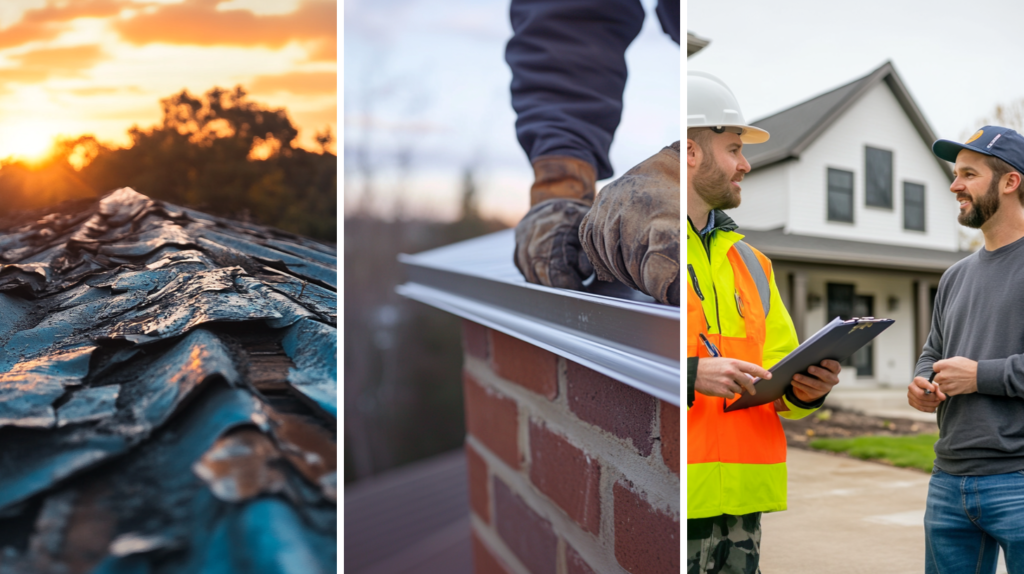
Thermoplastic roofing systems are gaining popularity in the construction industry due to their numerous benefits. These roofing systems are known for their durability, weather resistance, and energy efficiency, potentially reducing roofing costs. Additionally, they are lightweight, flexible, and have a long lifespan. To fully enjoy these benefits, it is crucial to ensure proper installation by a roofing professional. The installation process for thermoplastic roofing systems involves several key steps: A roofing professional thoroughly inspects the existing roof, making any necessary repairs or preparations. The thermoplastic membrane is cut and rolled out onto the roof surface, adhered to using heat, and seams are welded together. The edges and flashings are secured, and the roof is inspected to ensure a watertight and visually appealing finish. By following these installation steps, property owners can be confident in the longevity and performance of their thermoplastic roofing systems. Preparation of the Roof Surface Proper preparation of the roof surface is crucial to ensure a successful thermoplastic roofing installation. This involves several necessary steps. Firstly, a roofing contractor must thoroughly clean and inspect the existing roofing materials to identify potential issues or damage that may affect the new installation. Next, any debris or loose fragments must be removed entirely from the roof to create a clean and stable surface for the TPO roof installation. It is essential to ensure the surface is smooth and dry before proceeding. This will contribute to the longevity and effectiveness of the thermoplastic roofing system. To achieve the best results, working with an experienced roofing contractor with the necessary knowledge and skills to handle the installation process properly is highly recommended. Additionally, using high-quality TPO roofing material is crucial to ensure the durability and performance of the thermoplastic roofing system. By following these necessary steps and working with roofing professionals, one can enjoy the numerous benefits and advantages of thermoplastic roofing. Application of Bonding Adhesives or Heat Welding Two standard methods are used to maintain and repair a TPO roof: bonding adhesives or heat welding. Both methods offer their benefits and advantages. Bonding adhesives are applied to the seams of the TPO roof, creating a strong seam and durable seal. This method is relatively simple and cost-effective, making it a popular choice for repairing minor issues with roof materials. On the other hand, heat welding involves: A specialized tool is used to melt the TPO membrane at the seams. Fusing them. Creating seamless application times. Heat welding is known for its long-lasting results and superior strength in resistance. Learn more about thermoplastic roofing and the services we offer at Sky Roofing Construction & Remodeling: skyroofingconstructiontx.com/thermoplastic-roofing/ https://flic.kr/p/2pZj1fJ

No comments:
Post a Comment